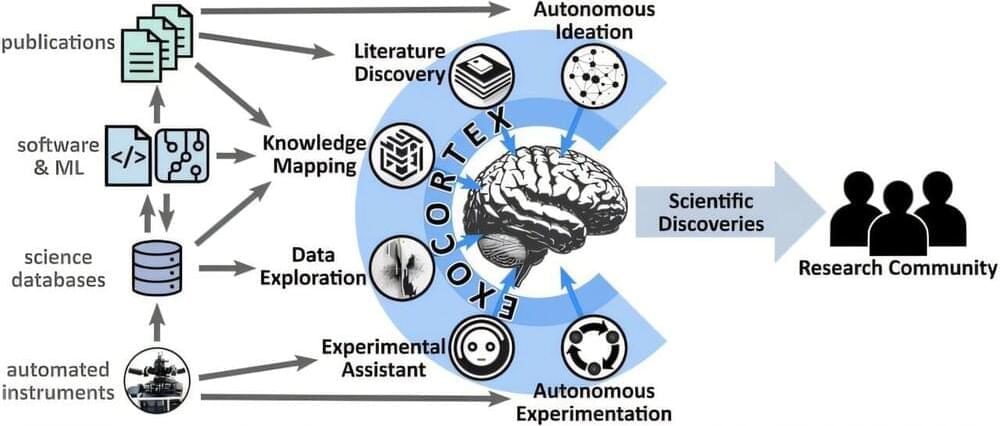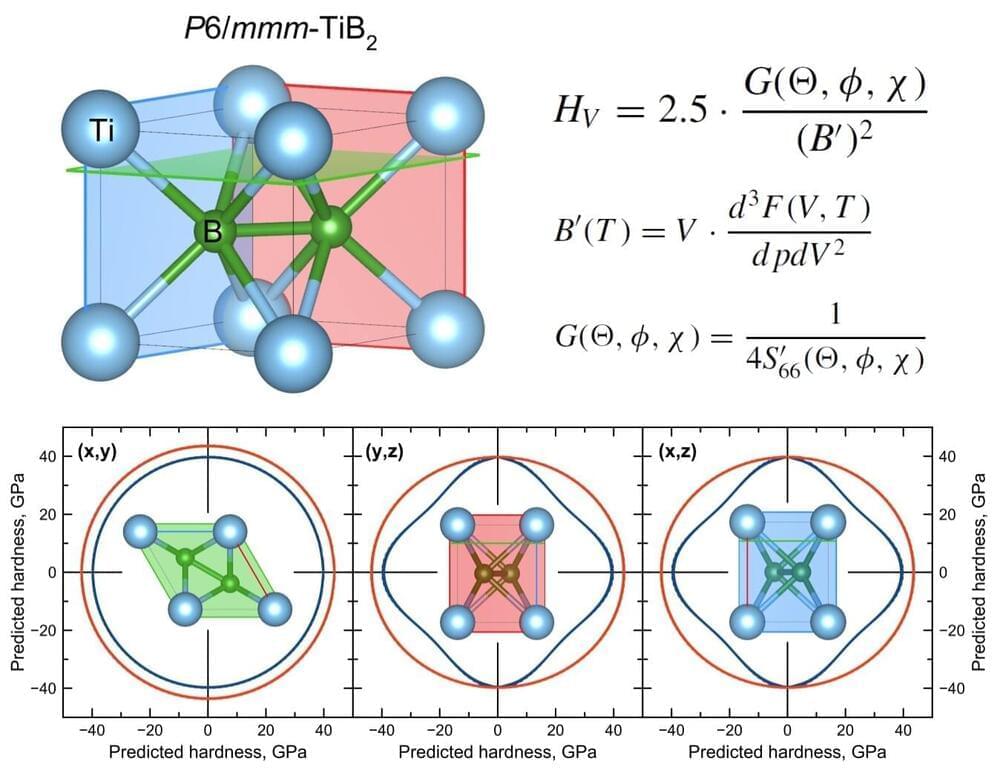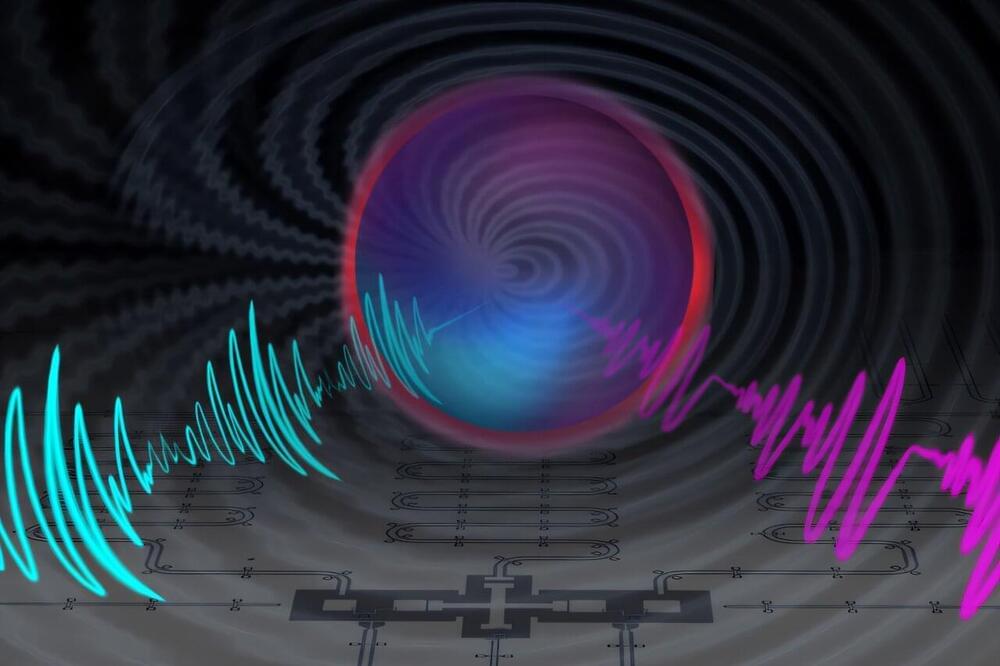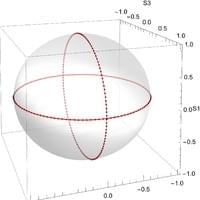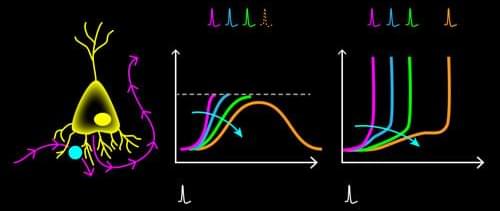Observing the effects of special relativity doesn’t necessarily require objects moving at a significant fraction of the speed of light. In fact, length contraction in special relativity explains how electromagnets work. A magnetic field is just an electric field seen from a different frame of reference.
So, when an electron moves in the electric field of another electron, this special relativistic effect results in the moving electron interacting with a magnetic field, and hence with the electron’s spin angular momentum.
The interaction of spin in a magnet field was, after all, how spin was discovered in the 1920 Stern Gerlach experiment. Eight years later, the pair spin-orbit interaction (or spin-orbit coupling) was made explicit by Gregory Breit in 1928 and then found in Dirac’s special relativistic quantum mechanics. This confirmed an equation for energy splitting of atomic energy levels developed by Llewellyn Thomas in 1926, due to 1) the special relativistic magnetic field seen by the electron due to its movement (“orbit”) around the positively charged nucleus, and 2) the electron’s spin magnetic moment interacting with this magnetic field.
